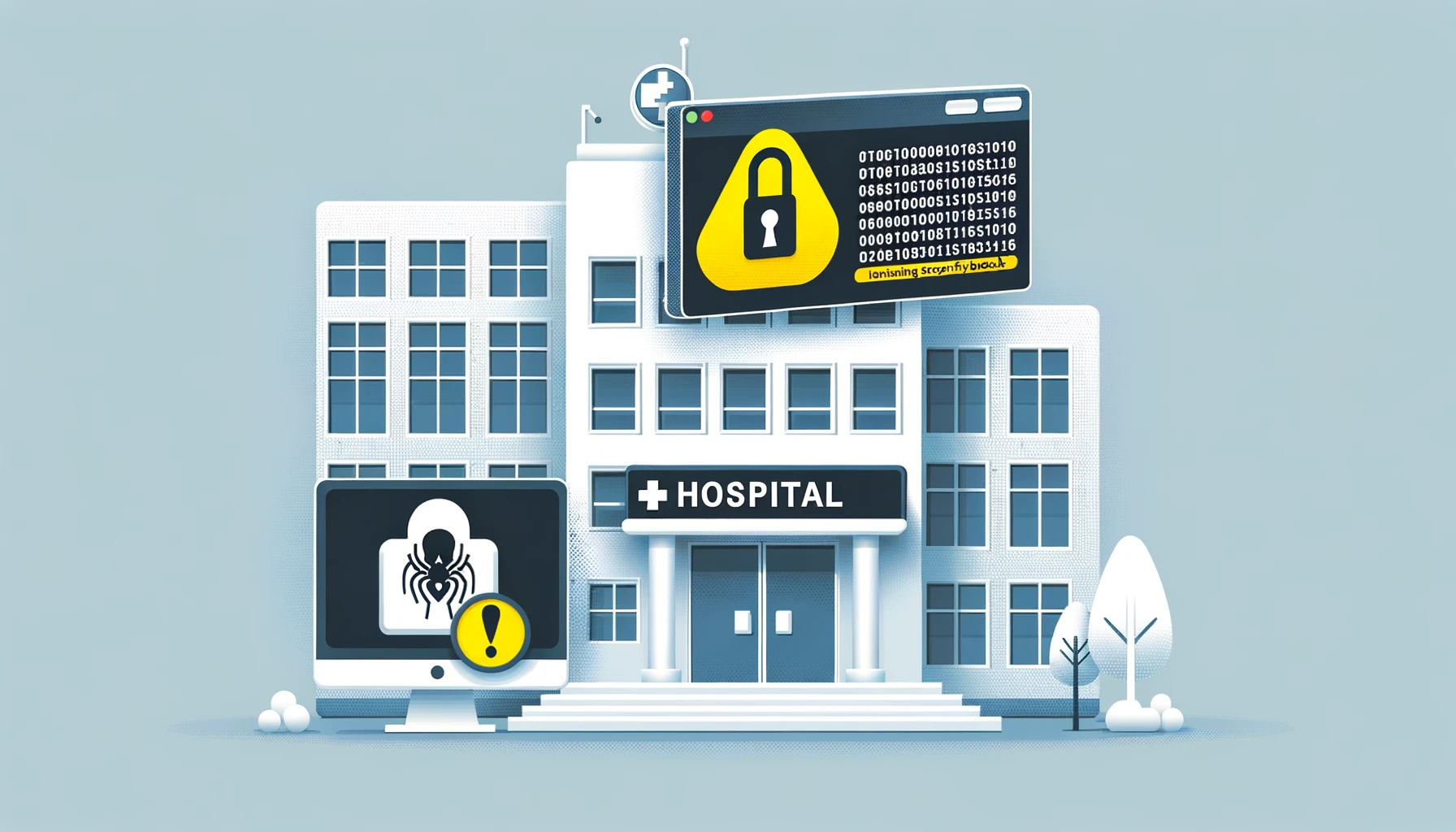London’s healthcare remains vulnerable to new diverse cyber threats to patient safety, particularly from a new complex, large-scale attack against several hospitals. This was an alarming occurrence, as it falls into the series of hacking attacks aimed at health service providers, proving that cybersecurity in the sphere of health care requires extra attention and protection.
Incident Overview
The cyber-attack was first detected on June 10, 2024, when several hospitals reported issues with their IT systems. The attackers deployed ransomware to encrypt critical data, demanding a ransom for the decryption keys. This led to the immediate suspension of routine medical services and delays in patient care, with some hospitals forced to divert emergency cases to other facilities.
Key Dates:
- June 10, 2024: Having identified the primary manifestations of a cyber-attack, it is necessary to determine how it can be delivered to the object of protection at the first stage.
- June 11, 2024: Discovery of the full extent of the problem is made as more facilities highlight failures across entire systems.
- June 12, 2024: When the attack is detected, IT specialists, in collaboration with law enforcement agencies, are employed to respond to the situation and mitigate the damage.
The ransomware attack was on core assets, to make them inaccessible, the key infrastructure of the organizations was contaminated. The attackers employed some of the newest method of encryption to seal the medical records and other crucial data of the hospitals making the staff unable to access their computers. It is a new type of ransomware attack capable of inflicting the most damage to an organization, thus forcing them to pay let alone the ransoms demanded to restore their data.
Technical Details:
- Ransomware Type: In all cases, the specific type of ransomware that the attackers employed has not been revealed, but this type utilizes strong data encryption to deny users access to their files.
- Attack Vector: Preliminary findings point to the fact that initial infiltration was made through a phishing email campaign. These emails included links or attachments that contained the malware; when the links or the attachments were clicked, the malware was let into the hospital systems.
- Impact: The areas most impacted were health information technology such as electronic health record system, appointment scheduling system, and communication systems. Measures Taken In response to the given attack, the targeted hospitals’ incident response plan was implemented as they partnered with external cybersecurity organizations and law enforcement. Recovery was done by rebuilding the systems in question from the backup and putting in place stringent security measures that would help to minimize such attacks in the future.
Mitigation Steps:
- Data Recovery: Hospitals are utilizing backup systems to restore encrypted data and resume normal operations.
- Enhanced Security Measures: Steps include improved firewall protections, network segmentation, and stricter access controls.
- Staff Training: Ongoing training programs to help staff recognize and avoid phishing attempts and other common attack vectors.
Impact on Healthcare Services:
- Patient Care: On this note, the delays in treatment and appointment postponements are evidence implying a negative impact on the health of those patients in question.
- Operational Disruption: Regarding the effects on the whole healthcare system, the necessity to shift the emergency patients and the elimination of the ordinary procedures have the negative impact. Recommendations for Healthcare Providers To mitigate the risk of future cyber-attacks, healthcare providers should adopt a multi-layered approach to cybersecurity.
- Improve Cybersecurity Education: Phishing tests and other training for all employees to assist them learn techniques for avoiding cyber threats like phishing.
- Implement Multi-Factor Authentication (MFA): Security enhancements in vital networks for cautious measures.
- Regular Backups: Backups of all important data should be updated and stored in protected spaces, the procedure of data recovery should be performed frequently.
- Incident Response Plans: Maintaining up-to-date comprehensive incident response plans listing various software and hardware incidents that may occur in an organization.
- Collaboration with Authorities: Pay attention to what cybersecurity specialists and police are doing and invent and improve methods of how to use this in he work process.
Conclusion
The recent attack on some of the London hospitals is thus a wake-up call showing the frailties of the healthcare systems in present day society. It pinpoints the importance of formidable safeguards against cyber threats to avoid such inconveniences and in some cases deadly occurrences. It is also important that as the health sector undergoes changes during its development, it also adapts to the new level of threats in the field of cybersecurity to protect the patient. It is thus advisable for healthcare providers to strengthen the organizational security measures, improve on staff awareness, and engage cybersecurity professionals to combat the rising incidents of attacks.


